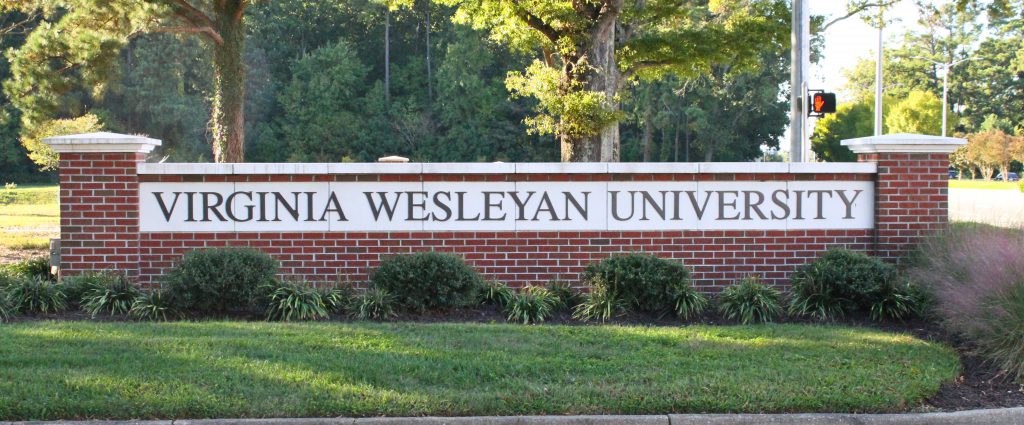Paul Criner, co-owner of Criner Remodeling standing with an old gentry printer used to print a house in Virginia before the grant.
Robert Criner|Courtesy
Virginia Housing recently announced a new initiative to incorporate 3D printing into accessible housing. The $1.1 million grant was given to the Virginia Center for Housing Research at Virginia Tech in the name of Community Innovation Demonstrations.
With this grant, researchers at Virginia Tech look to purchase an innovative and mobile 3D construction printer. This printer is named the SIRA RC20, made by Tvasta. Additionally, grant funding will allow for testing, training, research and partnerships for 3D Concrete Printing, also known as 3DCP.

The new Tvasta SIRA RC20 printer made possible with the grant.
Andrew McCoy|Courtesy
The primary goal of this initiative is to print 10 affordable homes in Virginia by the end of year in 2026. Virginia Housing has already printed four homes, using a stationary 3DCP printer.
The SIRA RC20, the printer being used to spearhead this project, has a few distinctions that make it effective for Virginia Housing. This model features a robotic arm design, high payload capacity, customizable motion systems and an eco-friendly design. This machine was developed in India by tech startup Tvasta, which now specializes in construction innovation with five other models for 3DCP machines.
“This machine has treads on the bottom, and is much easier to move. […] It has a robotic arm on top. With this, we can create a mobile manufacturing printing plant,” Dr. Andrew McCoy, professor of Building Construction at Virginia Tech, said.
Another priority for Virginia Housing is their sustainability goals. The SIRA RC20’s eco-friendly design helps with this. While the printing material of choice, concrete, is historically very carbon intensive, modifications are being explored.
McCoy and his team have reached out to various mining organizations to acquire waste material. This material deemed scrap by the mining organizations will be used to substitute for some of the more carbon rich components of concrete mixture.

Mars Johnson|Marlin Chronicle
Additionally, these new mixtures will be thicker than previous 3DCP walls. This will reduce a lot of waste, as well as exterminating the need for siding and interior wallboard.
McCoy also commented on the goals of the initiative from Virginia Center for Housing Research.
“This grant gives us a lot of time and money to use so our goal is to then study new building materials, designs, systems, and test parts of the buildings,” McCoy said.
This 3D printed affordable initiative was made possible because of a Community Innovation Grant that spans four grassroot phases. The first of which is already underway, and is the purchase and maintenance of the SIRA RC20.
The second phase will train construction partners in 3DCP technology education and application. There will be two cohorts in the year of 2025 and four in 2026.
Phase three will further progress research for the partner Virginia Tech. This research funding will expand 3DCP education and application at the university level.
The final phase aims to collaborate with developers in Virginia to act upon this education and start implementing the durable housing to meet community needs.
Robert Criner is the founder of Criner Remodeling, a Newport News and Yorktown based development company. He provided insight into the struggles of 3DCP housing with previous gentry systems, as well as possibilities for the new model.
He highlighted one story of 3DCP in Virginia where problems arose with the printer’s mechanics and materials.
“It was a really hot day and they found out that because of that temperature and since they weren’t moving it fast enough the concrete set up in the hose. Once they lost the hose, they had to go back and get one from overseas, which took a month and that delayed the whole project,” Criner said.
Some former projects have shown miscalculations and various errors. Criner believes similar issues could arise during the use of the new SIRA RC20 model.
Criner is also under the impression that with this new model, other issues could occur. “The track system isn’t going to be as accurate as you need to be as you’re printing the stuff out. That’s why they would lock the other ones down […] with a standard system and it’s very precise. You get a no attract system that goes over gravel and the gravel is gonna move underneath it. It’s gonna be off a little bit which is all it takes to screw up,” Criner said.
Overall outlook on the new initiative within the industry is positive. Developing research around building construction at the undergraduate level and professional level with local partners will prove to be instrumental in this process.
By Crosson Miller


